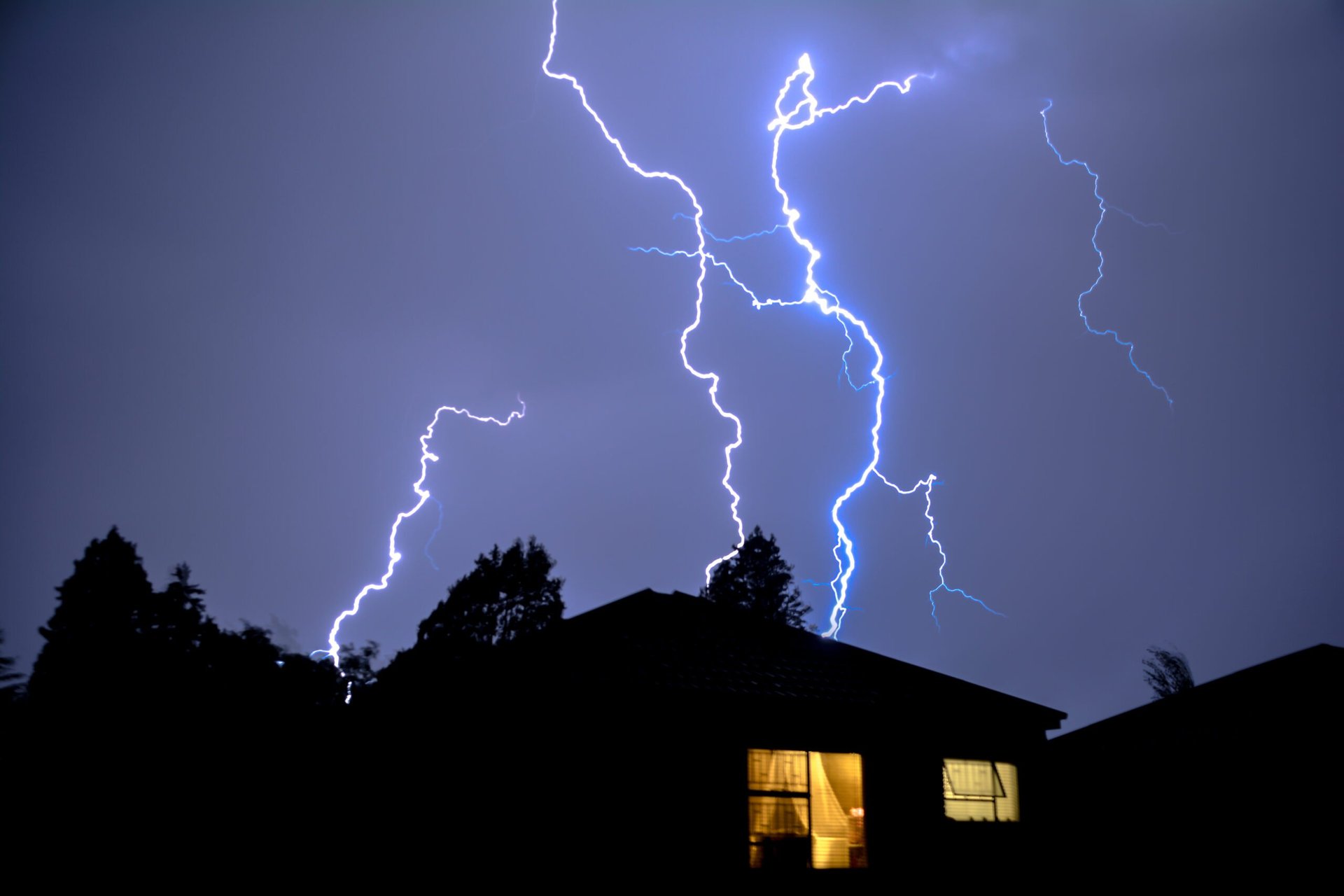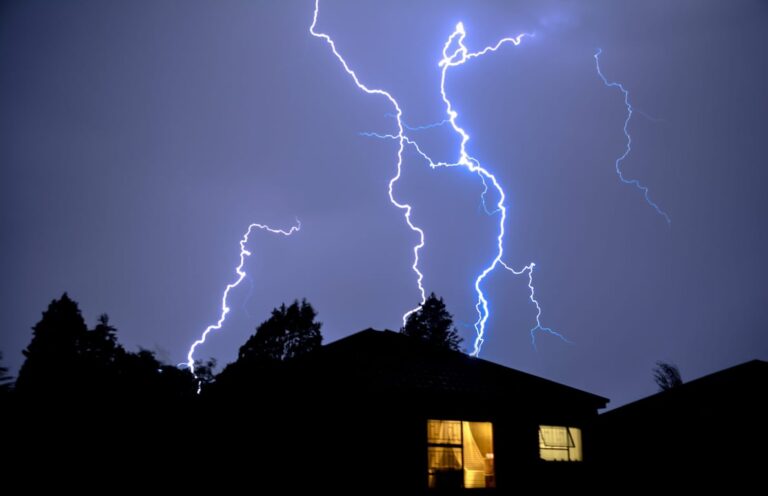
Advertising Disclosure: When you buy something by clicking links within this article, we may earn a small commission, but it never affects the products or services we recommend.
We write stories that make you richer. Take a second right now: Follow us and get tips that will change your life.
Extreme weather is behind significant losses for insurers, with companies incurring $84 billion in losses in the first half of 2025 alone. According to global reinsurance broker Gallagher Re, that’s the highest mid-year total since 2011.
With losses expected to exceed $100 billion by year’s end, insurers are passing these costs directly to policyholders through higher premiums and stricter coverage limits. Gallagher Re calls the $100 billion threshold “a new market reality,” signaling that steeper premiums are unlikely to disappear anytime soon.
Don’t Miss
- Want to earn $50-$200 monthly completing surveys in your spare time? This reliable side income requires minimal effort for maximum reward. You can redeem your rewards in cash or gift cards to popular stores like Amazon, iTunes, Starbucks or Walmart. Sign up today!
- Jeff Bezos-backed real estate investment company breaks down how retail investors can acquire single-family rentals with as little as $100 and why their inventory of properties sell out within 24 hours. Sign up today!
- Vanguard found that working with a vetted financial advisor can double your returns over time. Use this free tool and find the best!
The billion-dollar storms driving rising premiums
CNBC reports that violent storms with damaging winds, lightning, and hail accounted for more than $30 billion in U.S. insurance losses through June. That’s nearly 40% of all global insured losses during that period.
Eleven separate storms each caused at least $1 billion in damage, with three topping $2 billion. A particularly devastating outbreak from March 13-16 spawned 118 tornadoes across 15 states, killing 43 people and triggering nearly $7.7 billion in insurance claims. That made it the fourth costliest severe storm event in modern history.
California faced its own catastrophe. The Palisades and Eaton wildfires that torched Southern California in January resulted in an estimated $40 billion in insured losses, marking the costliest individual wildfire events ever recorded for insurers.
Construction costs compound the problem
Extreme weather grabs headlines, but soaring construction costs amplify the insurance crisis. Higher prices for materials and labor mean insurers pay significantly more to repair or rebuild damaged homes. Every dollar increase in construction costs translates directly into bigger claim payouts, which insurers recoup through premium hikes.
Location choices also drive up costs. Despite known risks, Americans continue building and buying homes in areas vulnerable to severe weather and wildfires. Coastal properties face hurricane threats, while homes near wildlands confront escalating fire danger. These risky locations command higher premiums, if coverage is even available.
What homeowners can do now
With insurance costs unlikely to drop, homeowners need strategies to manage this growing expense:
- Shop around annually. Insurance rates vary widely between companies. What was competitive last year might be overpriced today. Get quotes from at least three insurers before your renewal date. Homeoners are saving by switching to FinanceBuzz Home Insurance. Take action now. Check your rate and start saving today.
- Boost your deductible. Raising your deductible from $500 to $1,000 or $2,500 can lower premiums by 15% to 30%. Just ensure you have emergency savings to cover the higher out-of-pocket cost if you need to file a claim.
- Bundle policies. Many insurers offer discounts when you combine home and auto coverage. These multi-policy discounts typically range from 5% to 25%.
- Fortify your home. Installing impact-resistant roofing, storm shutters, or reinforced garage doors might qualify you for discounts while protecting your property. Some states offer grants or tax credits for these improvements. A home equity loan is a great way to access fast cash for home upgrades that can improve safety and may reduce insurance costs. Take a minute right now and see how much you can get, how fast you can get it and how little you’ll pay.
- Review coverage limits. Make sure you’re not overinsuring. While you need enough coverage to rebuild your home, you may not need to insure the land value.
The new insurance landscape
Some insurers are already pulling out of high-risk markets entirely, leaving homeowners with fewer choices and often costlier state-backed insurance programs. California, Florida, and Louisiana have seen major carriers restrict new policies or exit completely.
The insurance industry’s message rings clear: climate-related risks are reshaping how America insures its homes. Smart homeowners will adapt by taking control where they can. That means strengthening their properties, shopping smarter, and building robust emergency funds to weather both literal and financial storms ahead.
Turn your biggest asset into a payday
Your home isn’t just a place to live – if you’re 62 or older, it’s a powerful asset waiting to be unleashed. How? With a reverse mortgage.
No more monthly mortgage payments. Instead, you’re converting your home equity into cash that you can use for any purpose, any time.
You’ve worked all your life to support that home. Now maybe it’s time your home supported you.
Here’s a vetted list of 10 of the best providers. You owe it to yourself to at least check them out and get more info. Why not do it right now?

